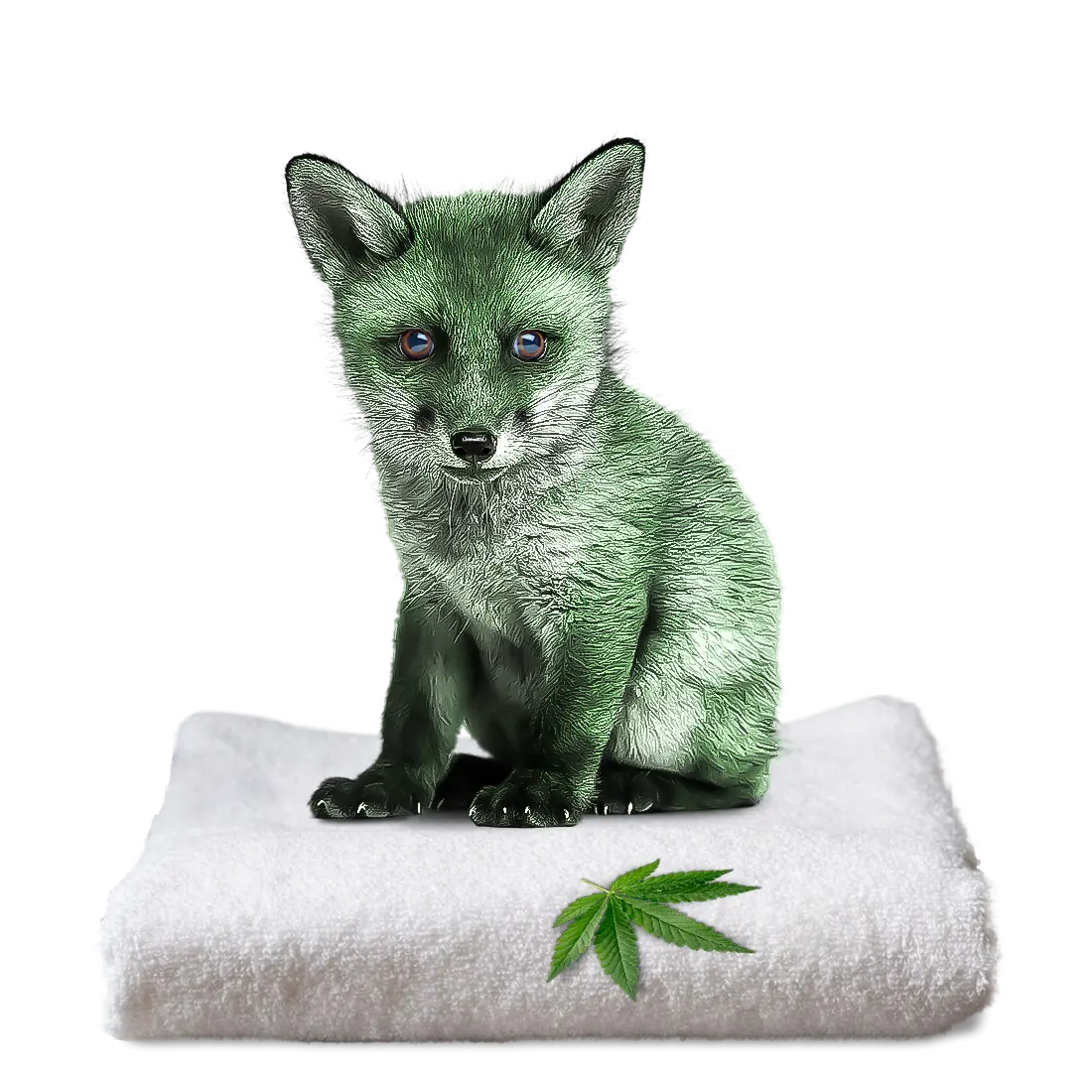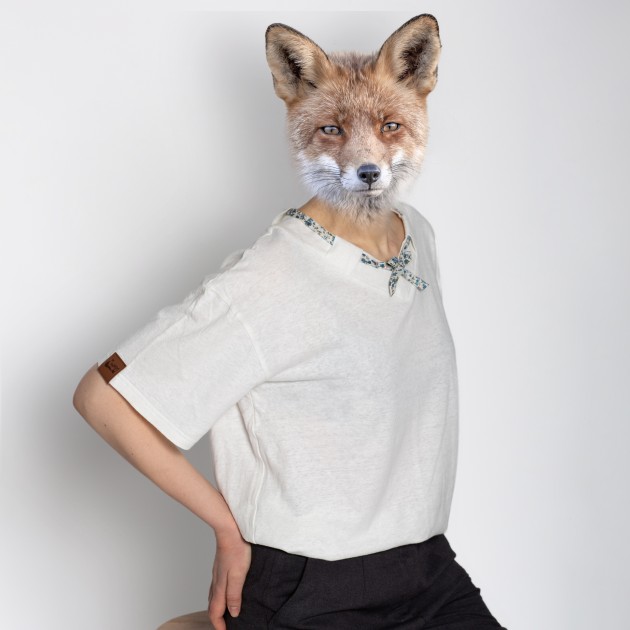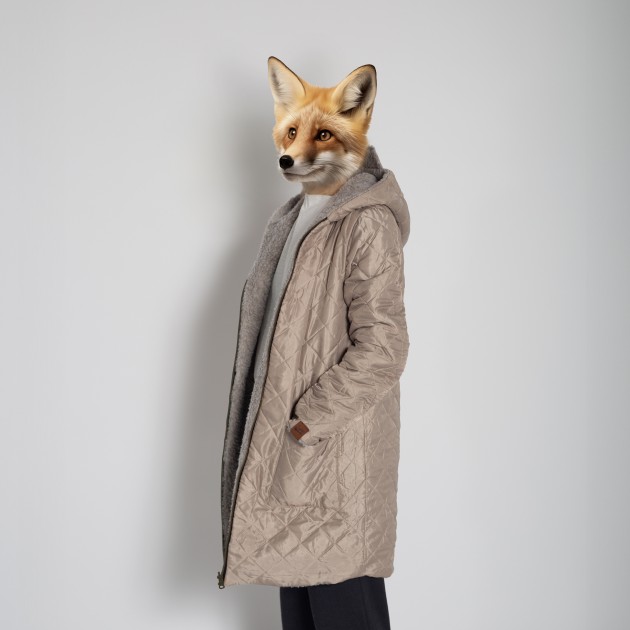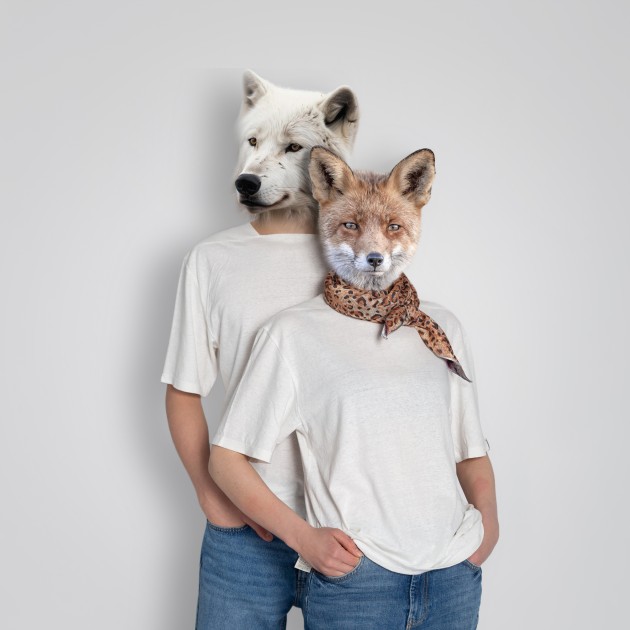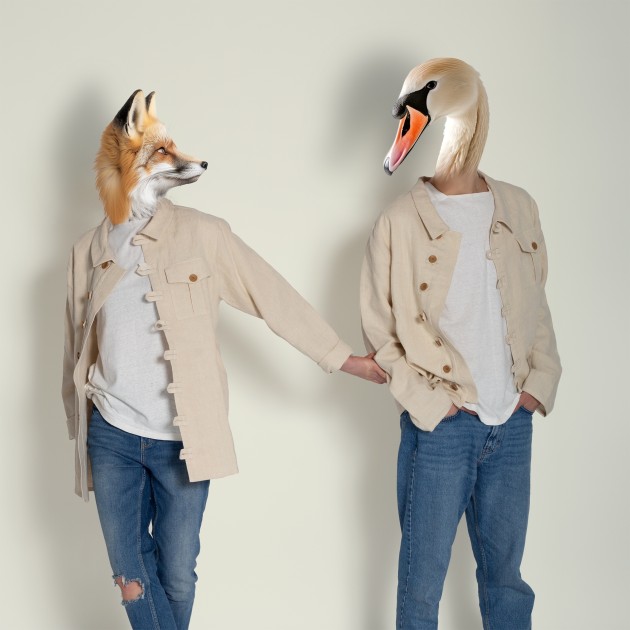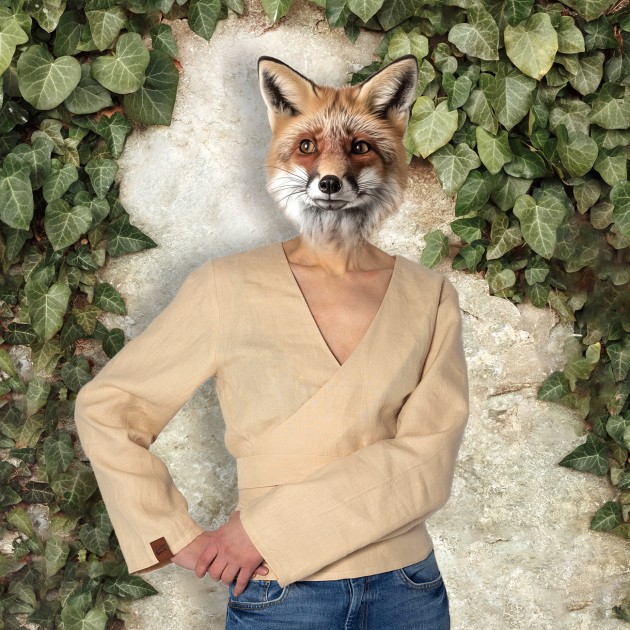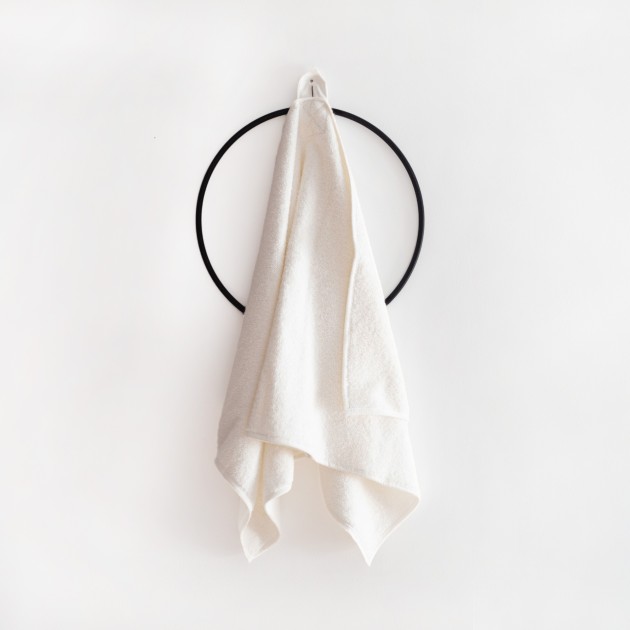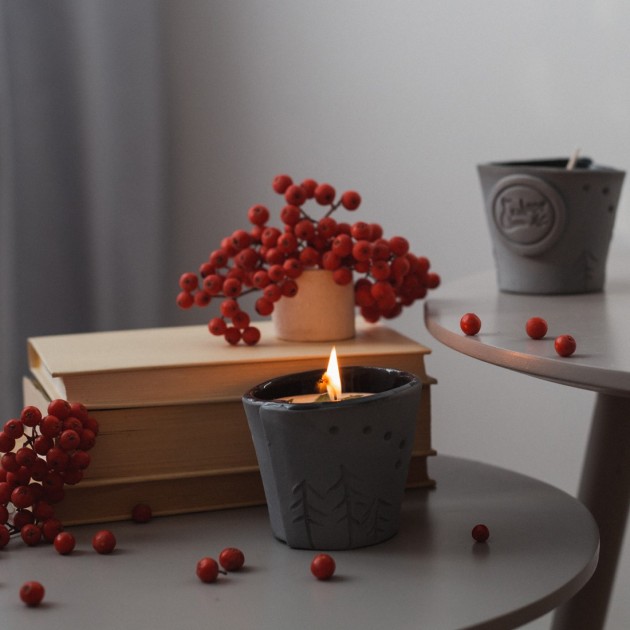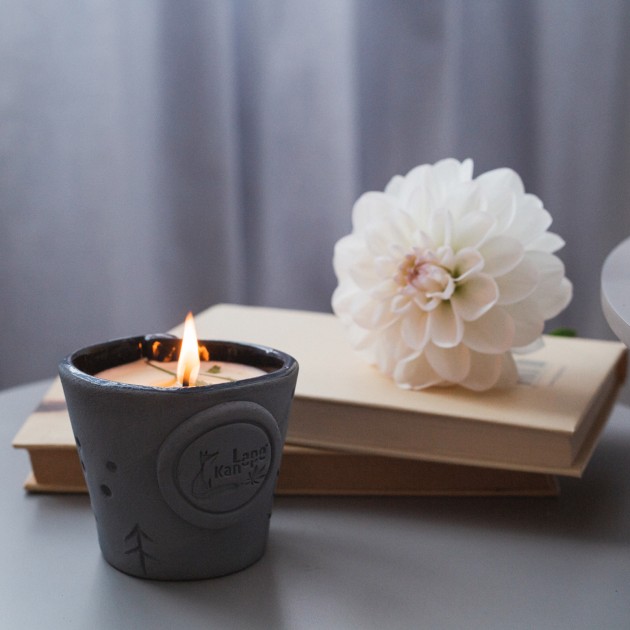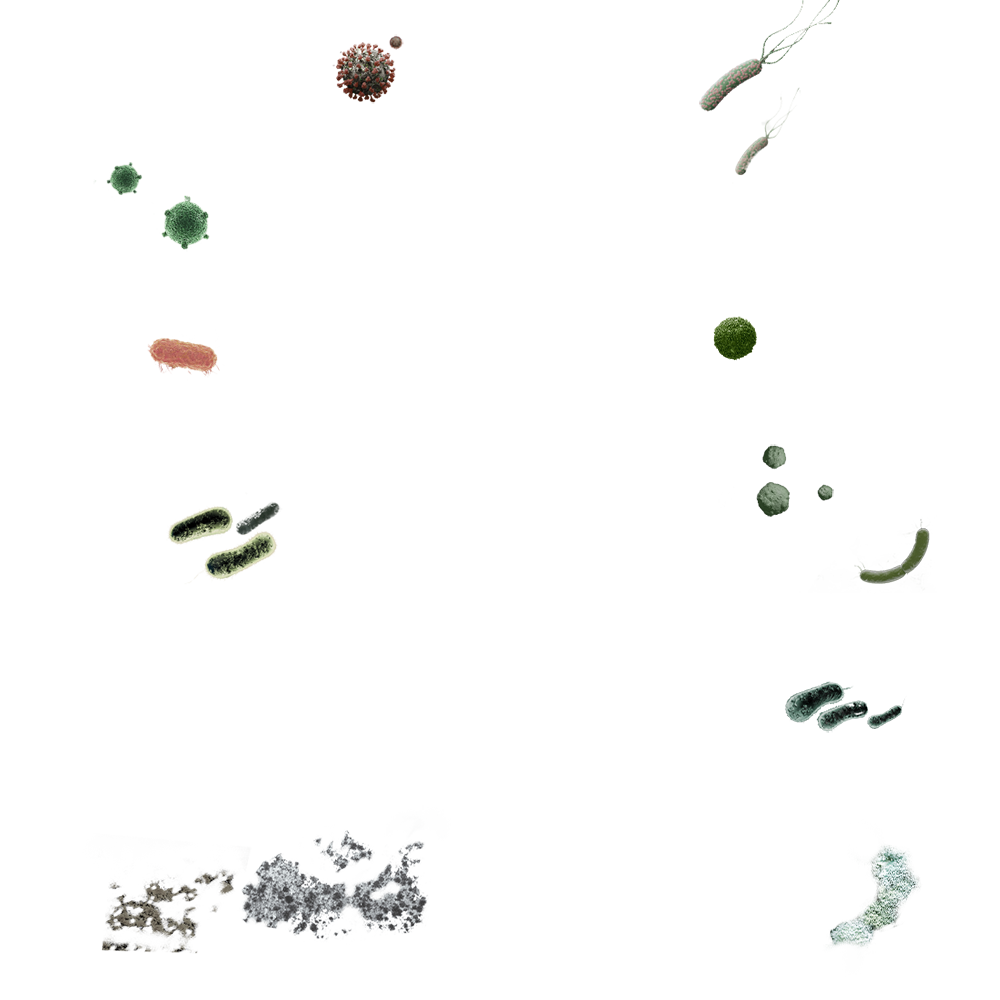| Strength and durability | One of the strongest fibers in the world. 8 times stronger than cotton. Does not shrink, softens with each wash, becomes like a second skin. One of the strongest fibers in the world. 8 times stronger than cotton. Does not shrink, softens with each wash, becomes like a second skin. | Strong fiber, softens with each wash, but tends to shrink a bit and is not as durable as hemp fiber. Can be compared. Strong fiber, softens with each wash, but tends to shrink a bit and is not as durable as hemp fiber. Can be compared. | 8 times weaker than hemp fiber. | Bamboo viscose is a thin, soft material that tends to shrink. In most cases, it is recommended to wash in an especially gentle way or by hand, because the fabric is very damaged by a higher number of revolutions of the washing drum. Not resistant to high temperatures, ironing or steam ironing only is not recommended. Bamboo viscose is a thin, soft material that tends to shrink. In most cases, it is recommended to wash in an especially gentle way or by hand, because the fabric is very damaged by a higher number of revolutions of the washing drum. Not resistant to high temperatures, ironing or steam ironing only is not recommended. | Quite strong, but with frequent washing, when it gets wet, it loses its strength properties and wears faster and the fabric becomes thinner. It dries easily, it is more difficult to maintain, chemical cleaning is usually indicated on the product, durability is not guaranteed - it shrinks, rots faster, attracts moths, it disappears faster if it gets caught on something. Quite strong, but with frequent washing, when it gets wet, it loses its strength properties and wears faster and the fabric becomes thinner. It dries easily, it is more difficult to maintain, chemical cleaning is usually indicated on the product, durability is not guaranteed - it shrinks, rots faster, attracts moths, it disappears faster if it gets caught on something. | |
|---|
| Antibacterial properties | Hemp fabric is naturally antibacterial and hypoallergenic. Hemp fiber clothes have antibacterial properties and do not absorb the smell of sweat. Hemp fabric is naturally antibacterial and hypoallergenic. Hemp fiber clothes have antibacterial properties and do not absorb the smell of sweat. | Have | None | Bamboo itself has antibacterial properties, but bamboo viscose loses all its antibacterial properties. Bamboo itself has antibacterial properties, but bamboo viscose loses all its antibacterial properties. | Have | |
|---|
| Permeability (moisture absorption) | Suitable all year round: warms in winter, cools in summer. Absorbs about 20-30% of its total weight of moisture and evaporates quickly. The fabric is resistant to salt water and UV rays. Perfectly protects against UV rays. Suitable all year round: warms in winter, cools in summer. Absorbs about 20-30% of its total weight of moisture and evaporates quickly. The fabric is resistant to salt water and UV rays. Perfectly protects against UV rays. | Absorbs about 20% of its total weight of moisture and evaporates it quite quickly. The fabric is not resistant to UV rays and does not particularly protect against UV rays. | Absorbs about 10-15% of its total weight of moisture and evaporates quite quickly. Weakly protects against UV rays | It absorbs moisture well, but the evaporation process takes longer, so it is not a suitable material for people who sweat more. Does not protect against UV rays and is not UV resistant. It absorbs moisture well, but the evaporation process takes longer, so it is not a suitable material for people who sweat more. Does not protect against UV rays and is not UV resistant. | Pretty good protection against UV rays. | |
|---|
| Are chemicals used in the cultivation? | No. Hemp is naturally resistant to pests and weeds. | Pesticides are sometimes used - to improve the harvest and remove pests before they become adults. | In the world, about 10% of agricultural chemicals and 25% of insecticides are used for cotton cultivation. These pesticides are one of the most dangerous, not only that, they then enter the soil, contaminating water bodies as well. In the world, about 10% of agricultural chemicals and 25% of insecticides are used for cotton cultivation. These pesticides are one of the most dangerous, not only that, they then enter the soil, contaminating water bodies as well. | Not used. But the production process of viscose uses a lot of chemicals. | No for animals, but yes for processing wool. | |
|---|
| Soil | As hemp grows, the soil is enriched and regenerated. Fertilizers are not needed, so the soil is not polluted. Perfect for crop rotation. Protects against soil erosion and also removes heavy metals. As hemp grows, the soil is enriched and regenerated. Fertilizers are not needed, so the soil is not polluted. Perfect for crop rotation. Protects against soil erosion and also removes heavy metals. | The soil is depleted. | Abundantly fertilized soil is needed, various fertilizers are used, as a result the soil is polluted and depleted. | Requires enriched soil but no need to replant, grows from the roots. However, the soil is polluted due to the chemicals used to obtain viscose. Requires enriched soil but no need to replant, grows from the roots. However, the soil is polluted due to the chemicals used to obtain viscose. | The soil is polluted with animal excrement and for the cultivation of fodder for them. | |
|---|
| Land use | Hemp can produce 250% more fiber than cotton and 600% more fiber than flax on the same land area. | A hectare of flax produces about 540-630 kg of harvest per year. | Cotton requires twice as much land as hemp | One hectare can produce about 40 tons of bamboo | Depending on the breed of sheep, they can grow about 3.5-7 kg of wool per year | |
|---|
| How much water is needed for growing? | Hemp needs very little water - rainwater is sufficient. | Rainwater is sufficient, sometimes additional watering is required | Cotton cultivation requires well-drained soil. It is calculated that the production of 1 kg of cotton requires as much as 9600 l of water. | Rainwater is usually enough for bamboo to grow. However, the extraction of bamboo viscose requires more water than the processing of cotton. Rainwater is usually enough for bamboo to grow. However, the extraction of bamboo viscose requires more water than the processing of cotton. | For quenching the thirst of animals, fodder production, farm care. | |
|---|
| Seasonality | Suitable all year round: warms in winter, cools in summer. Absorbs about 20-30% of its total weight of moisture and evaporates quickly. The fabric is resistant to salt water and UV rays. Perfectly protects against UV rays. Suitable all year round: warms in winter, cools in summer. Absorbs about 20-30% of its total weight of moisture and evaporates quickly. The fabric is resistant to salt water and UV rays. Perfectly protects against UV rays. | Suitable both in summer and winter due to its thermoregulatory properties. Absorbs about 20% of its total weight of moisture and evaporates quite quickly. The fabric is not resistant to UV rays and does not protect against UV rays. Suitable both in summer and winter due to its thermoregulatory properties. Absorbs about 20% of its total weight of moisture and evaporates quite quickly. The fabric is not resistant to UV rays and does not protect against UV rays. | Suitable for the warmer season. It absorbs about 10-15% of its total weight of moisture and evaporates quite quickly. Weakly protects against UV rays Suitable for the warmer season. It absorbs about 10-15% of its total weight of moisture and evaporates quite quickly. Weakly protects against UV rays | Suitable for dry and warmer seasons, in wet and cold conditions - the cooling effect will be too much. It absorbs moisture well, but the evaporation process takes longer, so it is not a suitable material for people who sweat more. Does not protect against UV rays and is not UV resistant. May melt at higher temperatures. Suitable for dry and warmer seasons, in wet and cold conditions - the cooling effect will be too much. It absorbs moisture well, but the evaporation process takes longer, so it is not a suitable material for people who sweat more. Does not protect against UV rays and is not UV resistant. May melt at higher temperatures. | More suitable for winter, protects against UV rays quite well. | |
|---|
| People / Fauna / Flora | Hemp is very fond of bees, it is like a 3* Michelin restaurant for them - it is not contaminated with any chemicals and does not destroy the bee population. Hemp is very fond of bees, it is like a 3* Michelin restaurant for them - it is not contaminated with any chemicals and does not destroy the bee population. | The use of pesticides does not ensure biodiversity, harms bees and other insects and animals. | Cotton pickers earn a very low income, e.g. In India, about 2 euros a day, and that's not enough, a large part of this work is done by children. Because of this, the entire cotton industry contributes to child exploitation and illiteracy, because children simply do not get an education. Fauna and flora are also greatly affected - due to the fertilizers used and Cotton pickers earn a very low income, e.g. In India, about 2 euros a day, and that's not enough, a large part of this work is done by children. Because of this, the entire cotton industry contributes to child exploitation and illiteracy, because children simply do not get an education. Fauna and flora are also greatly affected - due to the fertilizers used and | The extraction of viscose requires many different chemical processes, and the people who work with it suffer as a result. Most of the work is done without protective equipment, breathing poisonous gas. Later, the chemicals and gases that were used to extract viscose enter water bodies and soils, thus harming the ecosystem, plants, animals and human health. The extraction of viscose requires many different chemical processes, and the people who work with it suffer as a result. Most of the work is done without protective equipment, breathing poisonous gas. Later, the chemicals and gases that were used to extract viscose enter water bodies and soils, thus harming the ecosystem, plants, animals and human health. | Exploitation and torture of animals - wool is sheared carelessly with mechanical machines, in some cases it is simply plucked from live animals, so the skin is often damaged to the point of deep wounds, and sometimes the animal simply dies from the injuries. Animals are beaten because they bathe while being sheared. As a result of pastures, the diversity of plants and animals decreases. For example, in Mongolia, a significant increase in the production of cashmere goats has been observed to devastate the soil with their hooves, causing stunted growth or complete disappearance of plants, further accelerating the decline of wildlife. What's more, sandstorms are more frequent and deserts are increasing every year. Exploitation and torture of animals - wool is sheared carelessly with mechanical machines, in some cases it is simply plucked from live animals, so the skin is often damaged to the point of deep wounds, and sometimes the animal simply dies from the injuries. Animals are beaten because they bathe while being sheared. As a result of pastures, the diversity of plants and animals decreases. | |
|---|
